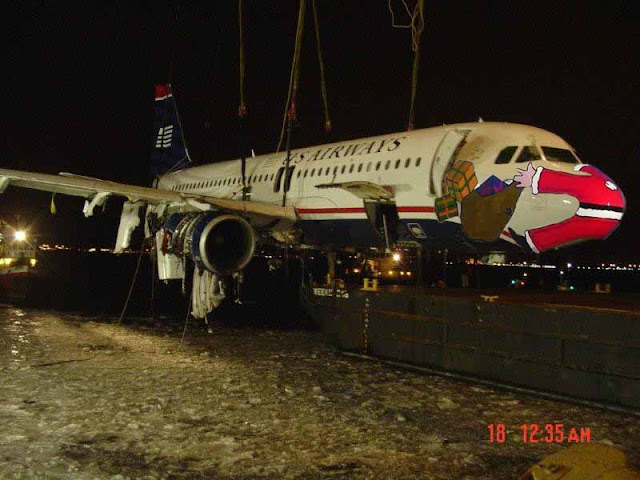The only time I've practiced dual engine failures in the sim was for "fun" when we had time left over at the end. They were not part of the curriculum. I managed to make the runway both time (JFK in the King Air and McConnell AFB in the Lear). I also vaguely remember "ditching" in San Francisco Bay because the sim instructor thought how cool is was the way the airplane bobbed up and down in the water when you did it successfully. I don't even remember what sim that was in.
While it's a good thing to think about, you can't really train for every scenario. It would depend on where and when the engines quit. Also, in training they usually have the ceiling and/or visibility dialed down or it is night. It's fortunate that these weren't the conditions the other day. In any case, I think it would be instinct to head for the biggest unobstructed area you could see, which in many cases would be water. This might be a little different mindset than in a small plane which you could land in a smaller space.




 I also almost hit Santa two years ago, but even he was in VMC. No joke.
I also almost hit Santa two years ago, but even he was in VMC. No joke.





